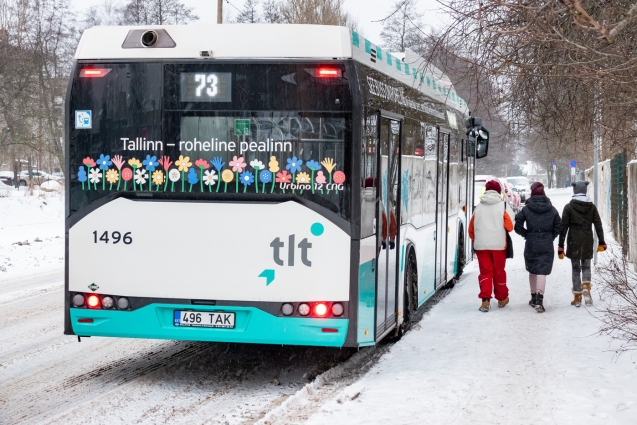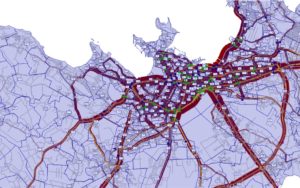
Photo: City of Tallinn
Tallinn introduces predictive digital transport model
18 January 2022
by Christopher Carey
Estonia’s capital Tallinn is introducing a digital transport model which it says can forecast and analyse the city’s mobility needs to improve urban planning
The tool includes data on 130,000 different road sections across the city which are constantly updated, and takes into account the movement of cars, public transport, lorries and pedestrians.
It can also distinguish between 12 different types of road users or user groups, including students, workers and pensioners, and also takes into account complex movement patterns such as whether a person takes children to school on the way to work.

“[The model] makes it possible to anticipate transport problems and understand their causes, and to make decisions that support the overall development of the city and to anticipate the effects of decisions to be taken,” said Andrei Novikov, Deputy Mayor of Tallinn.
“It is not an instrument for a specific project, but a permanent internal analysis tool that can be used to assess the feasibility and impact of major infrastructure investments on traffic.
“Among other things, we can assess the different needs of the people in each region [and] the traffic simulations used in the model can, for example, make better decisions about what the capacity needs of one or the other should be today, or, for example, assess decisions to upgrade the city’s public transport network.”
Developed by the Tallinn Transport Authority in conjunction with German software firm PTV Group, the model incorporates all mobility data available to the city, including an analysis of the results of social surveys carried out in the city over the last five years, the road network and traffic frequencies.
Image: City of Tallinn










